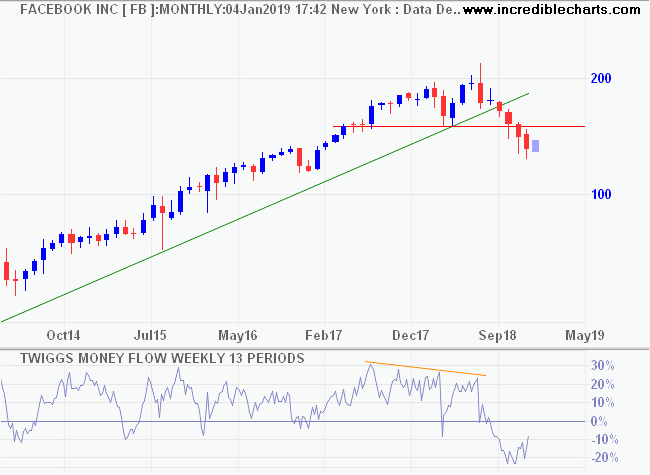In the past week, I have seen a number of market commentators attempting to explain the current correction. Reasons given vary from rising interest rates, Fed shrinking its balance sheet, the impact of trade tariffs on manufacturing input costs and inflation, mid-term elections and peak growth in earnings.
Truth is, there is no single reason that could justify the dramatic market falls. Some of the reasons cited are insufficient while others are invalid. But no explanation is necessary. Market sentiment has simply shifted. The scale has tipped and more investors are taking profits than new money coming into the market. When that happens, prices fall. And falling prices become a self-fulfilling prophecy, scaring off new investors and panicking investors with a short-term outlook.
How long this will go on for, I cannot tell. But I am sure there are growing numbers of long-term investors picking through the debris looking for opportunities. And the greater the fall, the greater the opportunity.
Earlier in the week I cited Netflix (NFLX) as one such example. Price has fallen almost 20% in October 2018, while recently released earnings announced a 34% year-on-year increase in revenue for the third quarter and a 130% increase in operating income.

Patience is required but opportunities abound.
East to West
A quick recap of markets.
China’s Shanghai Composite Index is in a primary down-trend, having broken primary support at 2650, but rising troughs on the Trend Index warn of strong support. I suspect this is government-orchestrated as investors have little reason for optimism.

India’s Nifty is testing primary support at 10,000.

Europe is in a primary down-trend, with the DJ Euro Stoxx 600 respecting its former primary support level at 365/366.

The Footsie is testing primary support at 6900/7000.

Dow Jones Industrial Average is undergoing a strong correction. Bearish divergence on the Trend Index warns of a reversal but only breach of primary support at 23,500, completing a double-top, would confirm.

Dow Jones Transportation Average is already testing primary support at 10,000. Reversal signals on both averages would confirm a bear market according to Dow Theory.

But technology stocks play a far larger role than in Charles Dow’s day, more than a hundred years ago. The Nasdaq 100 is still a long way above primary support at 6,300. Bearish divergence on Money Flow warns of selling pressure, but only breach of primary support would confirm a bear market.

The only thing we have to fear is fear itself.
~ Franklin D. Roosevelt, 1933 inaugural address

























































